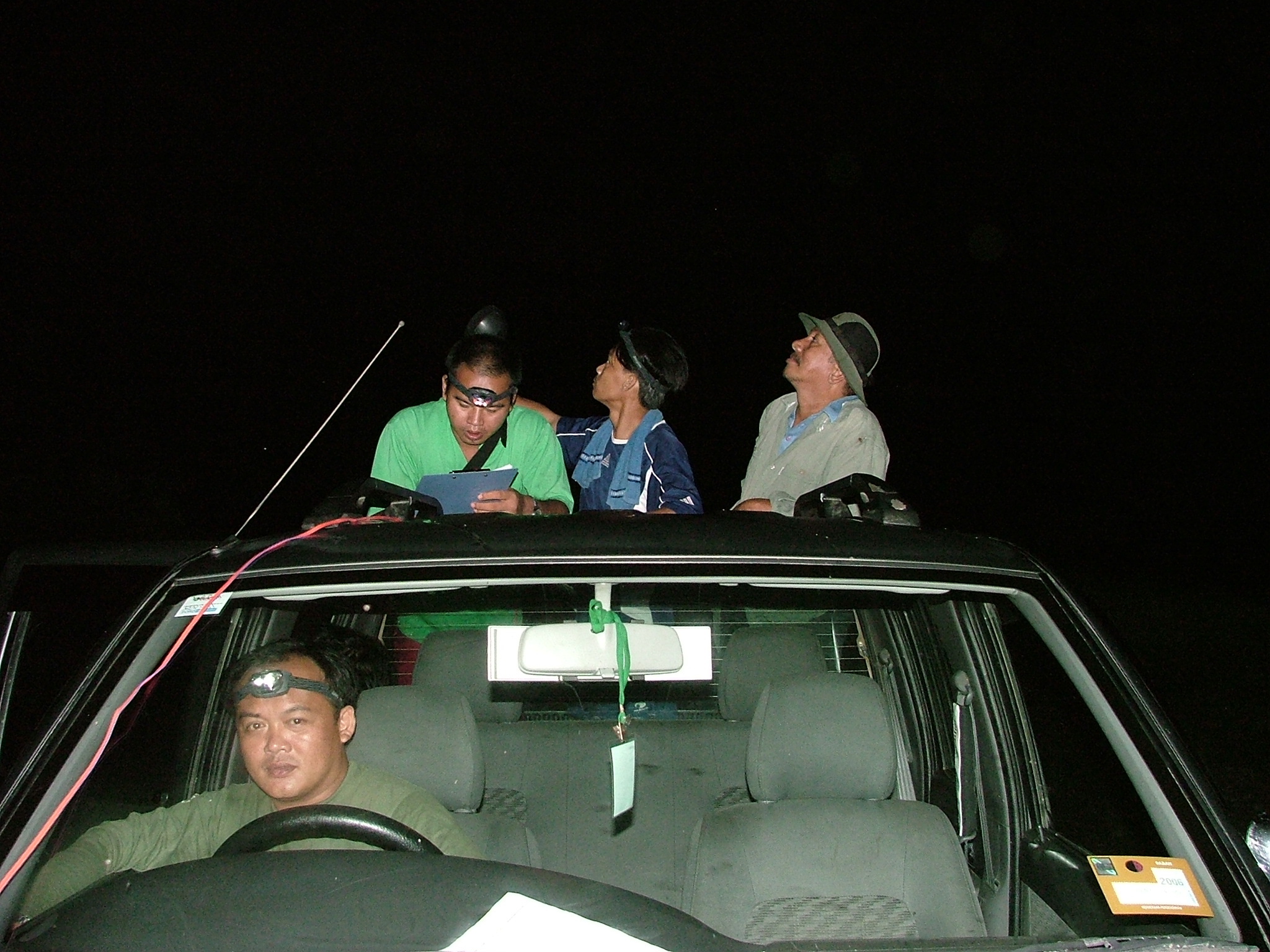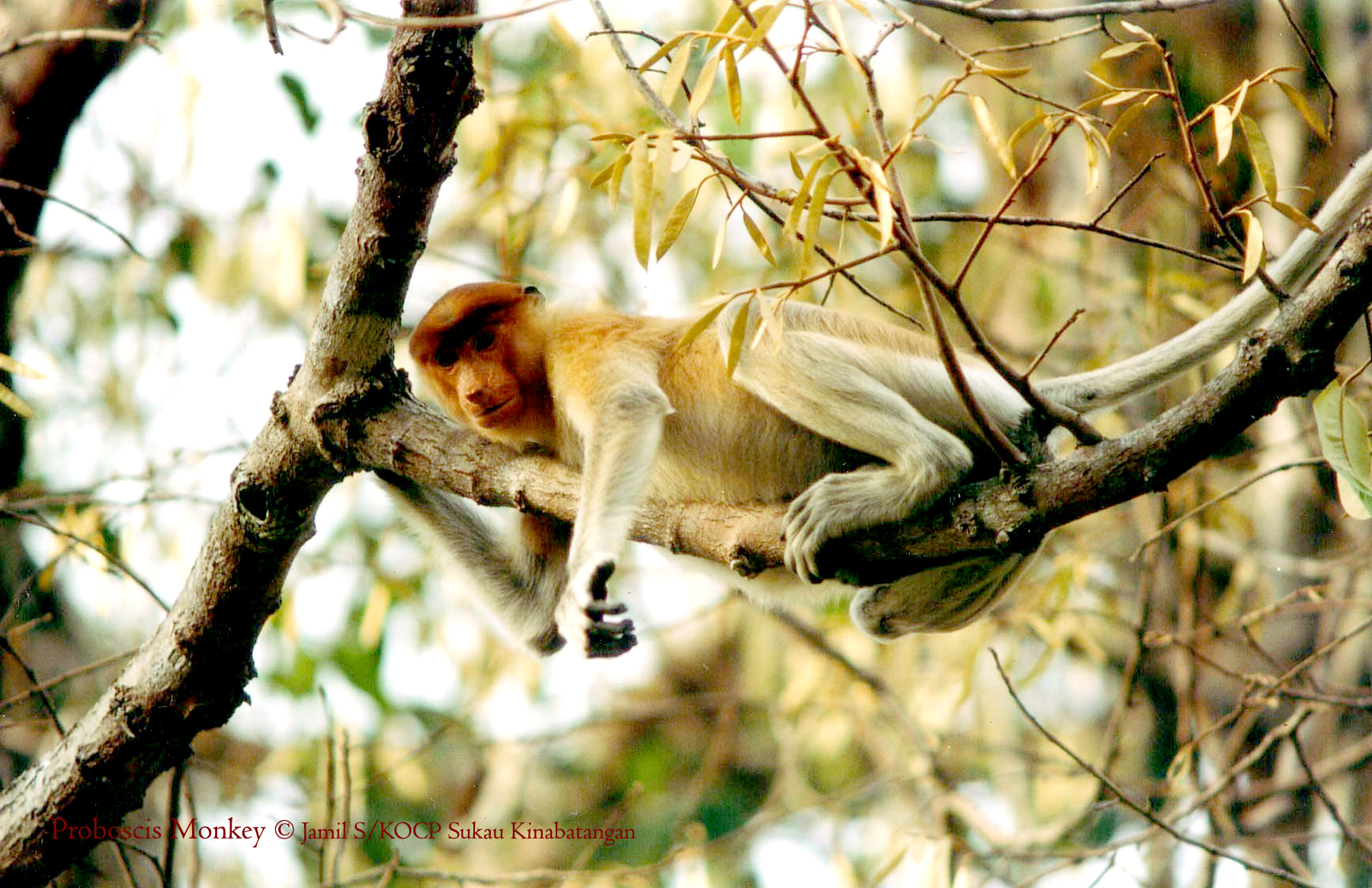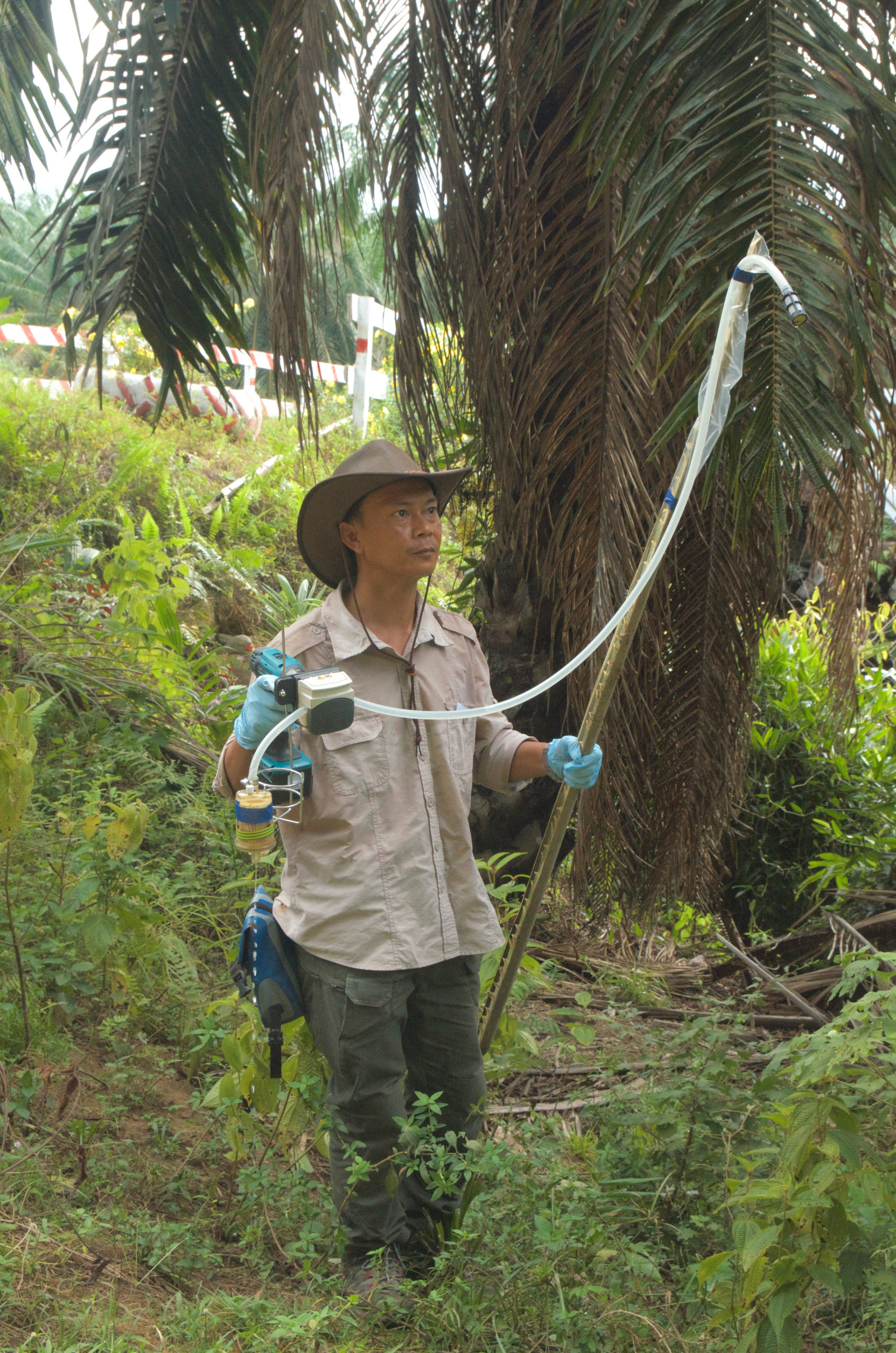We are conducting a long-term monitoring of wildlife in Kinabatangan to better understand the impacts of habitat degradation and fragmentation on the health of animal populations, to assess the nature and consequences of various threats to wildlife, and to assess the efficiency of various management strategies on wildlife.
Over the years, HUTAN has designed a series of practical and simple techniques to monitor wildlife. Our current monitoring strategy in Kinabatangan combines gibbon call surveys, orang-utan nest surveys, river monitoring surveys, frog surveys along permanent lines, small mammal capture and release, bird surveys, recce walks, night surveys, and other practical methods to document wildlife status and population trends. We are also introducing and testing promising new techniques for long term wildlife monitoring: camera trapping, eDNA sampling, bioacoustics monitoring, etc.
Results of these biodiversity monitoring activities show that despite the absence of hunting in the area, apes (gibbons and orang-utans), as well as the three species of leaf monkeys found in the area were still declining in Kinabatangan. However, the population of proboscis monkeys has been stable over the years, while macaques have been increasing in numbers. Our results also revealed that for most animal communities (birds, frogs, small mammals) there was a strong decline of forest specialist species and an increase of commensal and invasive species.
The team also monitored fisheries and water quality in the Kinabatangan and its tributaries. Fisheries resources of Kinabatangan have drastically declined because of the poor water quality resulting from siltation and pollution, and overharvesting. In the next few years, the WSP Unit is going to intensify their efforts monitoring how animal species respond to the establishment of forest corridors and set asides within extensive oil palm plantations. Indeed, we need to understand how a mosaic landscape can sustain biodiversity in an oil-palm dominated habitat in order to improve these agriculture landscapes.










